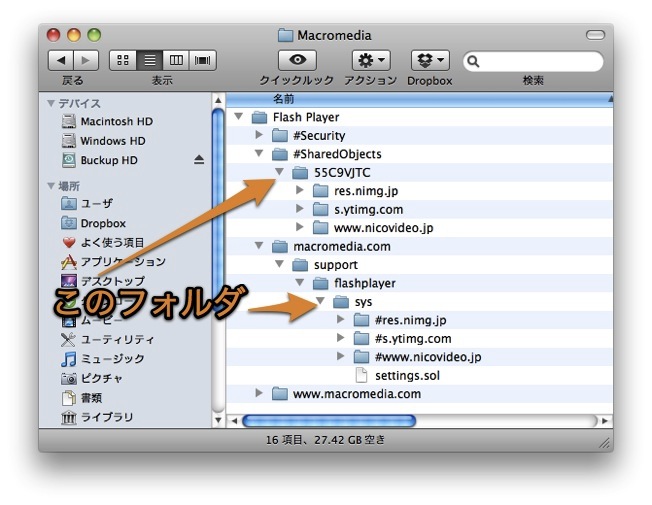Adobe Flash Shared Objects Chrome

In Adobe Flash Player, learn how to manage local shared objects, or Flash cookies.
A local shared object, sometimes referred to as a 'Flash cookie,' is a small data file that can be created on your computer by the websites that you visit. Shared objects are most often used to enhance your web-browsing experience, for example, by allowing you to personalize the look and feel of a website that you frequently visit.
Giggles Adult. Shared objects, by themselves, can't do anything to or with the data on your computer. More important, shared objects can never access or remember your e-mail address or other personal information? H1z1 With Online Multiplayer Crack Nozip Torent on this page. unless you willingly provide such information. A third-party local shared object, sometimes referred to as a 'third-party Flash cookie,' is a shared object created by third-party content, or content that is not actually located on the site you are currently viewing. Third-party local shared objects may be important for privacy discussions because they can be used to track your preferences or your website usage across different websites that you visit.
• You may not be using the latest Flash Player version. The third-party storage setting was introduced in Flash Player 8 and is not available in earlier versions of the Player.
Now to take advantage of the latest security and privacy features. • You may be using an older web browser. Flash Player depends on the web browser to tell it where the content is coming from. Flash Player uses this information to determine if the content is coming from a third party. Because this information is not available, Flash Player cannot disable third-party shared objects. We recommend you use the latest version of your browser that is available.
This content requires Flash Note: The Settings Manager that you see above is not an image; it is the actual Settings Manager. Install Arnold Softimage. Click the tabs to see different panels, and click the options in the panels to change your Adobe Flash Player settings. The list of websites above is stored on your computer only, so that you can view or change your local storage settings. Adobe has no access to this list, or to any of the information that the websites may have stored on your computer.
Use this panel to specify storage settings for any or all of the websites that you have visited. The list of Visited Websites displays the following information for each website: • The name of the website • The amount of disk space the website has used to store information on your computer • The maximum amount of disk space the website can use before requesting additional space In this panel, you can change storage settings for a website or delete the website so that, if you visit it again, it will use your global settings instead of any individual settings you may have set. You can also delete all sites, which erases any information that may have already been stored on your computer. Note: To specify the amount of disk space that websites you haven't yet visited can use to store information on your computer, or to prevent websites you haven't yet visited from storing information on your computer, use the. Change storage settings To specify storage settings for a website, select the website in the Visited Websites list, and then change its storage settings as desired. The following list explains the storage options: • If you don't want to let applications from this website save any information on your computer, select Always Deny.